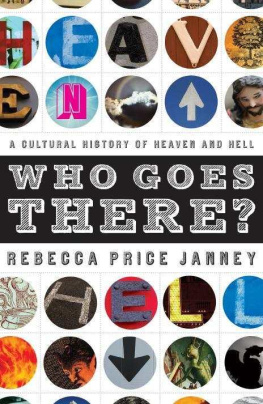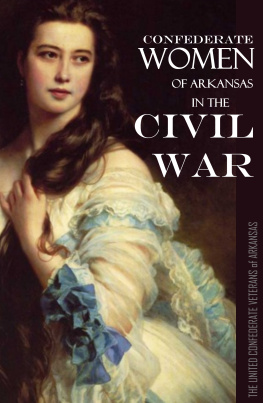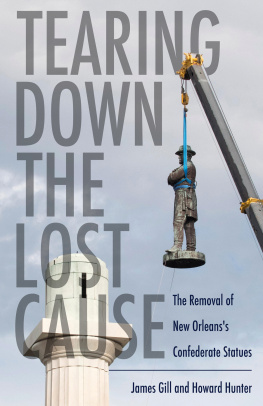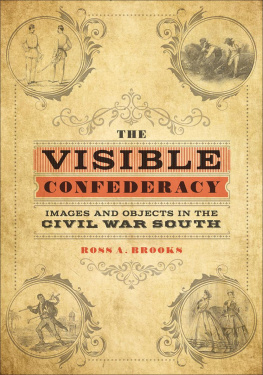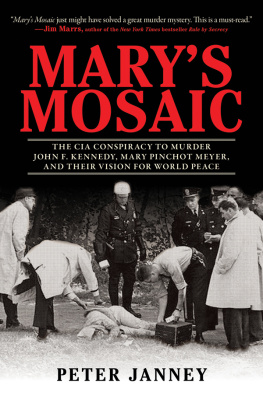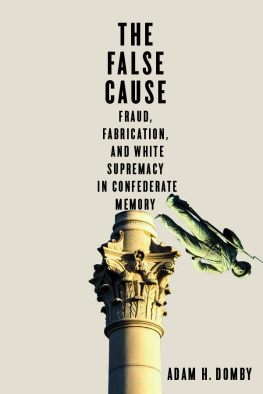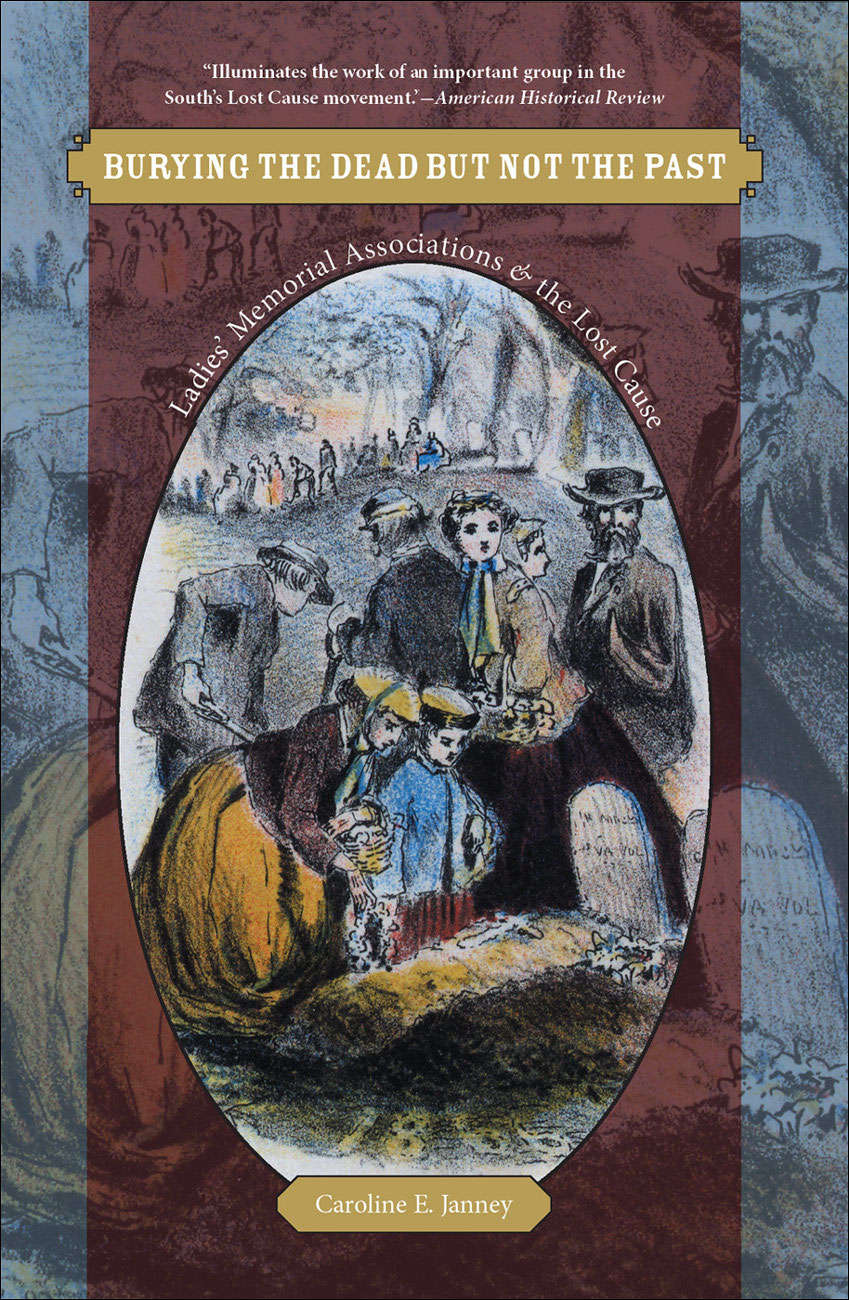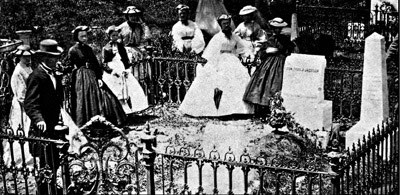Burying the Dead
but Not the Past
CIVIL WAR AMERICA
Gary W. Gallagher, editor
Burying the Dead but Not the Past
Ladies Memorial Associations and the Lost Cause
Caroline E. Janney
The University of North Carolina Press
Chapel Hill
2008 The University of North Carolina Press
All rights reserved
Manufactured in the United States of America
Designed by Michelle Coppedge
Set in Minion by Tseng Information Systems, Inc.
The paper in this book meets the guidelines for permanence and durability of the Committee on Production Guidelines for Book Longevity of the Council on Library Resources.
Library of Congress Cataloging-in-Publication Data
Janney, Caroline E.
Burying the dead but not the past : Ladies Memorial
Associations and the lost cause / Caroline E. Janney.
p. cm. (Civil War America)
Includes bibliographical references and index.
ISBN 978-0-8078-3176-2 (cloth : alk. paper)
1. Ladies Memorial AssociationHistory. 2. Southern States
Civilization. 3. Popular cultureSouthern States. 4. United
StatesHistoryCivil War, 18611865Influence. I. Title.
E483.99.L33J36 2008
369.17dc22 2007026904
12 11 10 09 08 5 4 3 2 1
For my parents,
Robert & Sharon Janney,
and in memory of my grandfather,
Roby Janney
Contents
Illustrations
Confederate soldiers laid out for burial in Spotsylvania, May 20, 1864 33
Remains on the Manassas battlefield 41
Union soldiers graves, City Point, Virginia 45
Petersburgs First Memorial Day, June 9, 1866 59
Mourners at Stonewall Jacksons grave in Lexington, Memorial Day, 1866 75
Masthead of the Southern Opinion 86
Plan for Stonewall Cemetery, Winchester 91
Watercolor by W. L. Sheppard of the Hollywood Memorial Pyramids 96
Officers of the Confederate Memorial Literary Society, 1896 161
Blandford Church 185
Window representing North Carolina in Blandford Church 187
Acknowledgments
I first discovered the Ladies Memorial Associations as an undergraduate in the spring of 1998, and in the ten years since they have become part of my life to no small degree. In the process of preparing this book (something I certainly never envisioned a decade ago), I have accumulated an untold number of debts. In particular, I wish to thank Gary W. Gallagher. I was fortunate to take his Civil War class in my second year of graduate school at the University of Virginia, and I was elated when he subsequently agreed to serve as my dissertation advisor. Since that time, he has continued to inspire me with his wisdom, generosity, and passion for history. Much of what I have learned about both writing and teaching history I owe to him. His support as a mentor, colleague, and friend has been essential, not only to this book, but also to my development as a scholar. Working with him has been the best and most rewarding experience of my academic life.
In Charlottesville, I was also privileged to be part of an incredible scholarly community. Along with Gary Gallagher, Cindy Aron, Edward L. Ayers, and Steve Cushman proved to be an exceptional dissertation committee. Cindy Aron shared her vast knowledge of womens history and also pushed me to make larger claims about the centrality of the Ladies. Steve Cushman helped me to craft my prose and urged me to think more about the symbolism inherent in Confederate memorials and cemetery art. Not only did Ed Ayers lend his expertise in southern history during the course of this project, but he must likewise be held accountable for stirring my excitement for history while I was an undergraduate. Grace Hale, Peter Onuf, Joe Miller, Lori Schuyler, and Franny Nudelman all provided extraordinary advice and encouragement. My fellow graduate students, Kristin Celello, Carl BonTempo, Aaron Sheehan-Dean, Ethan Sribnick, Chris Nehls, Kurt Hohenstein, John Mooney, and Andre Fleche, challenged my thinking and all the while made my time at Virginia more enjoyable. Rob Parkinson deserves special thanks for his diligent reading and commentary on countless drafts and for his endlessly intellectually stimulating discussions (even when they drifted to talk of the Revolution). Kate Pierce and Laurie Hochstetler read early drafts and listened to infinite chatter about my research, and from them I learned untold amounts about press culture and the many dilemmas of Puritans. For their keen intelligence, wonderful company, and charming humor, I will always be thankful.
I have likewise benefited from the wisdom of numerous scholars beyond Charlottesville, most especially Joan Waugh, Bill Blair, Peter Carmichael, Matt Gallman, and Katrina Powell. I would also like to thank the anonymous readers of the manuscript who vastly improved this book. My summers at Shenandoah National Park added to my appreciation and dedication to public history. My coworkers there were incredibly supportive of my decision to pursue a career in academia. In particular, Reed L. Engle and Joanne Amberson read and commented on numerous early drafts of this manuscript. I am also grateful to my new colleagues at Purdue University, especially Jennifer Foray, who has encouraged me to think in a broader fashion about issues of memory, power, and nationalism. David Perry, Paula Wald, Dorothea Anderson, and the entire staff at the University of North Carolina Press have likewise been unrelentingly supportive throughout this process.
I could not have written this book without the patient and constant help I found at the archives. I am especially appreciative of the Museum of the Confederacy. Not only did the museum prove to be the repository for two of the Ladies Memorial Associations, but its entire collection is among the best in the country for studying the Lost Cause. Beyond its archives, the museums true treasures are John and Ruth Ann Coski. Amid talks about our dogs and the ravages of Hurricane Isabel, John and Ruth Ann proved overwhelmingly helpful, insightful, and efficient. Because of them, this project was made all the more enjoyable. A number of other archival institutions and individuals have also been very helpful. For sharing their knowledge and expertise, I would like to thank the staff of the Albert and Shirley Small Special Collections Library at the University of Virginia; the Manuscript Department of the William R. Perkins Library, Duke University; Nelson Lankford and staff at the Virginia Historical Society, Richmond; the archivists at Handley Regional Library, Winchester; Sandra Treadway, Rebecca Dobyns, and the entire staff at the Library of Virginia, Richmond; the staff of the Jones Memorial Library, Lynchburg; Ted Delany at Old City Cemetery, Lynchburg; Robert E. L. Krick at Richmond National Battlefield Park; the staff of the Central Rappahannock Regional Library, Fredericksburg; and the Earl Gregg Swem Library, College of William and Mary, Williamsburg, Virginia. I also wish to express my deep appreciation to the always patient staff of Interlibrary Loan at Alderman Library, University of Virginia. Robert K. Krick proved invaluable when it came to Fredericksburg and the Army of Northern Virginia. Barbara Crookshanks of Fredericksburg and Alice L. Everitt of Petersburg graciously shared their experiences and knowledge of their respective Ladies Memorial Associations. Finally, I am appreciative of the financial support I received from the University of Virginia, Virginia Historical Society, and Duke University to complete my research and writing. Even with all the assistance throughout this project, the flaws that remain are solely mine.




